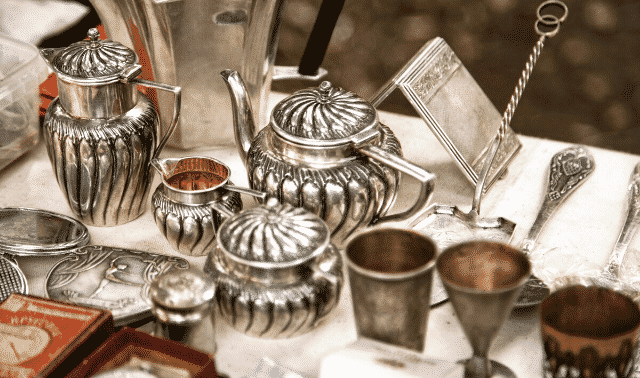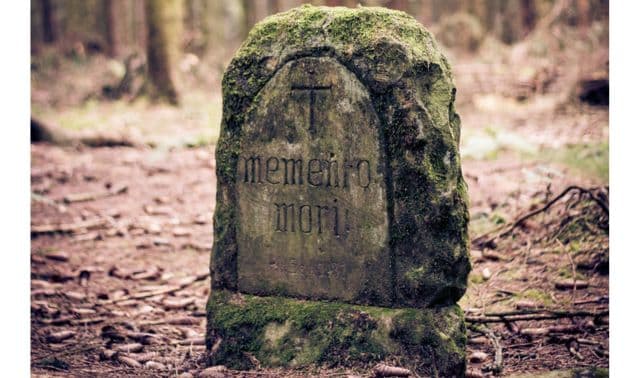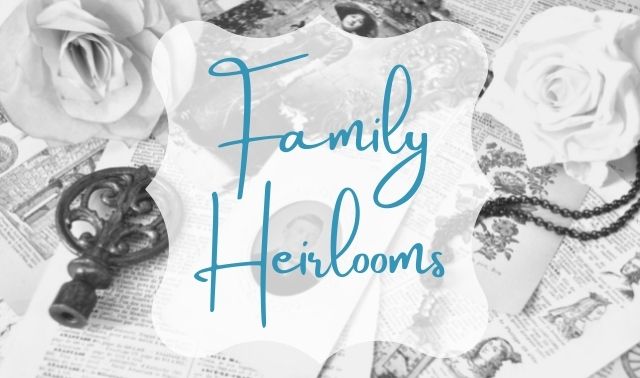Sign up for the Family Tree Newsletter! Plus, you’ll receive our 10 Essential Genealogy Research Forms PDF as a special thank you.
Get Your Free Genealogy Forms
"*" indicates required fields
Dolls have been beloved playthings for centuries, so it’s no surprise they sometimes look worse for the wear. But if you take these precautionary measures, Great-grandma’s childhood sidekick still can bring joy to more generations.
1. Clean them carefully.
Before you store a doll, remove grime and dirt that’s built up over the years, but be careful your well-intentioned efforts don’t cause damage. Cleaning methods vary by the doll’s makeup—porcelain, bisque, plastic or cloth. Find more tips and links below, and consult these books: The Handbook of Doll Repair & Restoration by Marty Westfall (Three Rivers Press) and The Care of Favorite Dolls: Antique Bisque Conservation by Mary Caruso (Hobby House Press).
2. Keep them in a closed cabinet.
Keeping dolls in airtight plastic containers puts them at risk for mold and mildew. Instead, keep them in closed cabinets, away from pets, dust and sunlight, in a temperature-controlled area of your home. Place dolls in archival boxes (rather than acidic wood or cardboard) and cushion them with acid-free tissue or cloth. Turn bisque dolls with glass eyes facedown in their boxes.
ADVERTISEMENT
3. Use indirect lighting.
Direct sunlight can fade doll clothing and hair, and fluorescent lights can turn vinyl dolls green! Indirect lighting is always best. If you want to show off your prized playthings, change out the dolls on display to minimize their exposure to light and dust.
4. Handle with care.
Wash your hands—and don’t put on lotion—before touching a doll. Keep food away from them and their storage areas. Though dolls are kids’ toys, it’s best not to let your little darlings play with the antique variety.
5. Watch for invaders.
Unwanted creatures like to nest in doll wigs (often mohair or human hair) and clothing. Before adding a new doll in your collection, inspect it thoroughly for signs of insects and eggs. The United Federation of Doll Clubs recommends fumigating contaminated dolls with moth crystals for at least six weeks to rid them of pests.
ADVERTISEMENT
6. Hold on to original clothing.
Your doll’s original clothing, shoes and other accessories add value, so keep them even if you buy her new togs.
7. Utilize a doll hospital.
Call the doctor if you need help with intensive repairs, such as resetting displaced eyeballs or making over a “basket-case Barbie.” Contact the American Institute for Conservation of Historic & Artistic Works or your local historical society for doll hospital referrals.
Identifying Doll Brand Markings
Not sure whether you have a German doll or a French Bébé; a Midge or a Skipper? If you find a brand marking on the toy, surf over to Doll Reference for information on dolls from the 1840s to the 1980s. Use the search tool in the upper-right corner or browse the categories on the home page to find a match and learn more about your doll’s origins and age. Pictures and advertisements accompany many of the descriptions.
If your doll has no maker’s markings, try a reference guide such as 200 Years of Dolls: Identification and Price Guide, 3rd edition, by Dawn Herlocher (Krause Publications).
Case Study: 3 Antique Dolls and How to Preserve Them
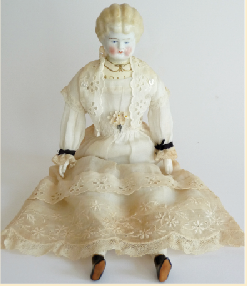
Doll Display Disaster
This beautiful handmade doll was crafted to look like my grandmother in her early 20th-century cotton eyelet dress and jacket. But unfortunately, years of display in a glass-front case allowed light and stale warm air to speed up deterioration. The cotton dress is now brown and brittle; the painted porcelain bodice, yellow. Protect your heirloom dolls by displaying them for limited periods and away from light and heat. Preserve them in an archival box for long-term storage.
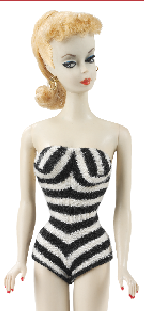
Heirloom ID: Ponytail No. 1 Barbie
Many grown women today fondly remember childhood days spent dressing their Barbie dolls and styling (and restyling) their hair. Until 1959, when Ruth Handler (wife of the founder of Mattel) created Barbie, based on a German doll named Bild Lilli, most dolls looked like babies or little girls.
Marketed as a “Teen-age Fashion Model,” Barbie came with a blonde or brunette ponytail and coy, side-glancing eyes. She wore a chic black-and-white swimsuit. Over the years, she’s appeared in everything from a bubble-cut hairstyle (sold from 1961 to 1967) to a lab coat (Doctor Barbie debuted in 1994). Collectors call the first doll, which originally sold for $3, “Ponytail No. 1.” According to Antique Trader magazine, her value now ranges from $4,000 to $9,000, depending on condition. “Mint in box” versions of Brunette Ponytail No. 1—which Mattel produced in fewer numbers—fetch top dollar.
Tip: Write the history of your vintage doll—who gave it to you and when, your memories of playing with it, repairs made, etc.—and place a copy on acid-free paper in the doll storage box. Find more heirloom preservation help in my book How to Archive Family Keepsakes (Family Tree Books).
Written by Denise May Levenick, from the December 2015 issue of Family Tree Magazine.
FamilyTreeMagazine.com is a participant in the Amazon Associates Program, an affiliate advertising program. It provides a means for this site to earn advertising fees, by advertising and linking to Amazon and affiliated websites.
ADVERTISEMENT




